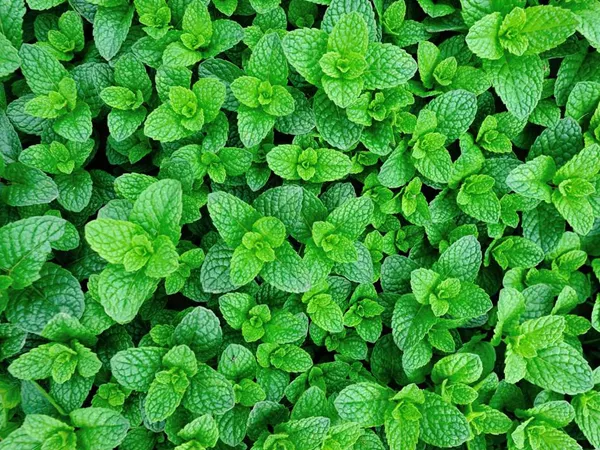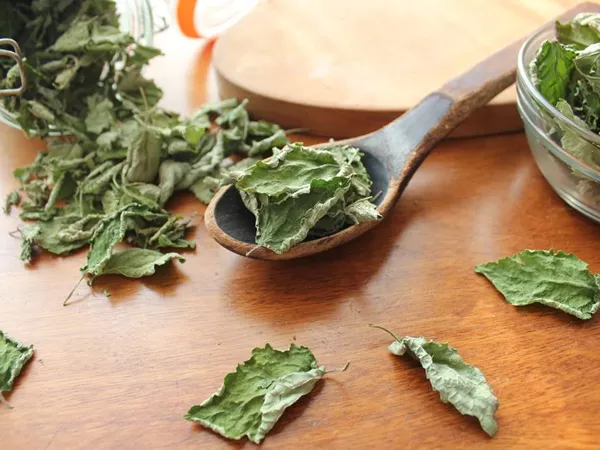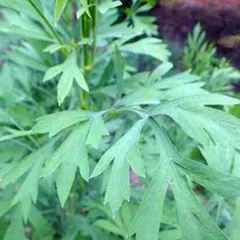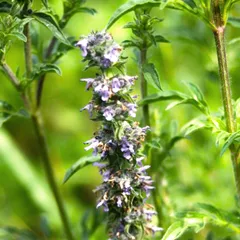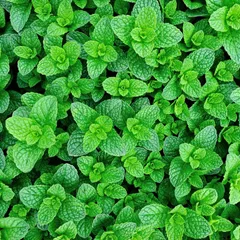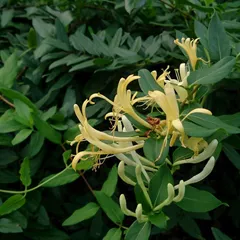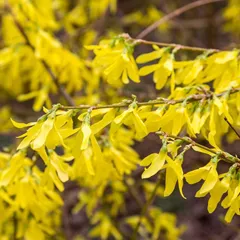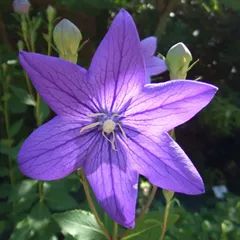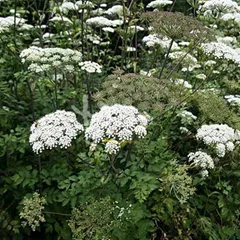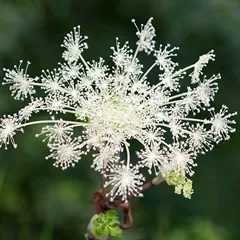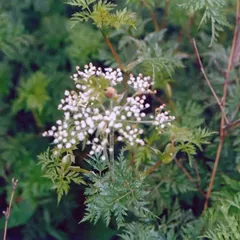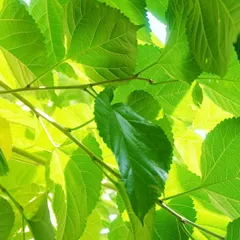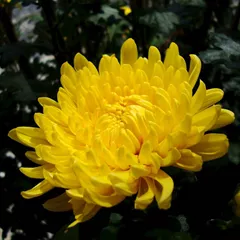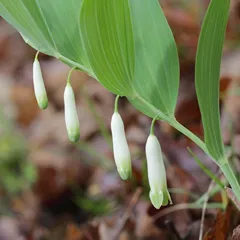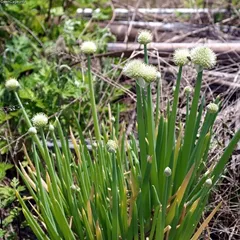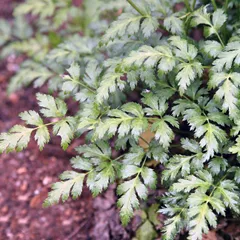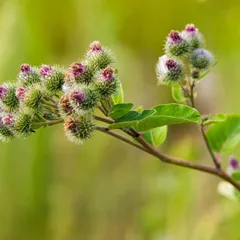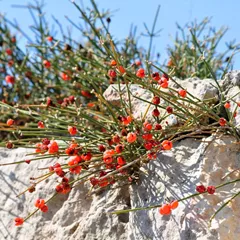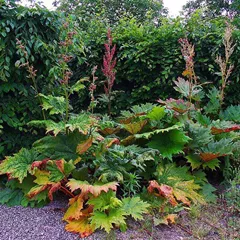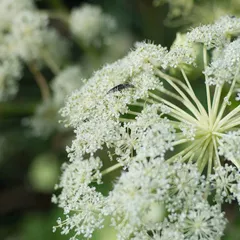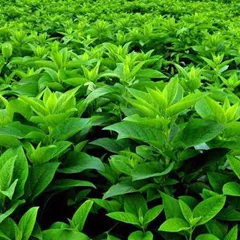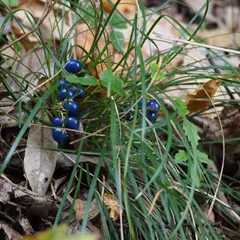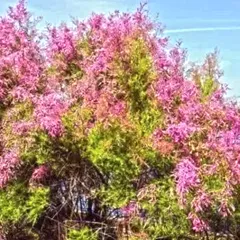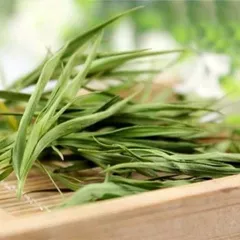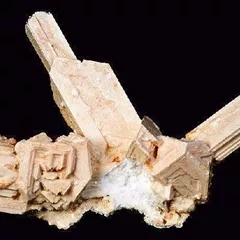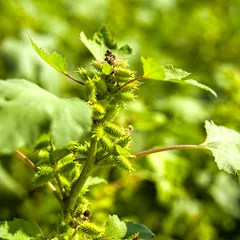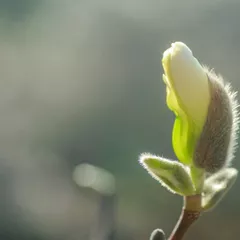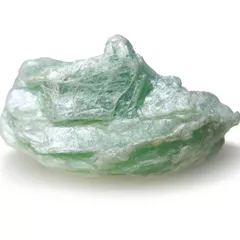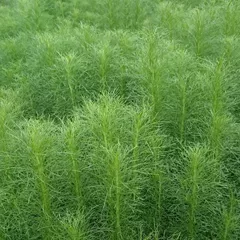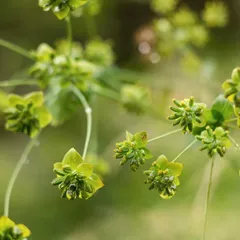Use of Bo He (wild mint) in TCM
Please note that you should never self-prescribe TCM ingredients. A TCM ingredient is almost never eaten on its own but as part of a formula containing several ingredients that act together. Please consult a professional TCM practitioner, they will be best able to guide you.
Preparation: Remove the old stems and impurities, soak slightly in water and dry at low temperatures
Dosage: 3-6g
Main actions according to TCM*: Relieves the Exterior and disperses Wind-Heat. Clears Wind-Heat from the head, eyes and throat. Allows the release of toxins from the skin. Moves Stagnant Liver Qi
Primary conditions or symptoms for which Bo He may be prescribed by TCM doctors*: Headache Sore throat Mouth ulcers Rubella Measles Chest congestion Uveitis
Contraindications*: Mint should be used with caution by those with Yin Deficiency Heat and spontaneous sweating. This herb should not be used by nursing mothers as it may slow lactation.
Common TCM formulas in which Bo He is used*
Qing Xin Li Ge Tang
Source date: 1602 AD
Number of ingredients: 13 herbs
Formula key actions: Clears Toxic-Heat. Unblocks the stool. Benefits the throat .
Conditions targeted*: TonsillitisPeritonsillar abscess and others
Bo He is a king ingredient in Qing Xin Li Ge Tang. Like the name indicates, it means it has more power than other ingredients in the formula.
In Qing Xin Li Ge Tang, Bo He is acrid and cool. It disperses clumped Heat and clear pathogenic Heat.
Yin Qiao San
Source date: 1798 AD
Number of ingredients: 10 herbs
Formula key actions: Disperses Wind Heat. Clears Heat. Resolves Toxicity.
Conditions targeted*: Common coldInfluenza and others
Bo He is a deputy ingredient in Yin Qiao San. This means it helps the king ingredient(s) treat the main pattern or it serves to treat a coexisting pattern.
In Yin Qiao San, Bo He helps the key herbs to release exterior Heat.
Ren Shen Bai Du San
Source date: 1119 AD
Number of ingredients: 12 herbs
Formula key actions: Releases the Exterior. Dispels Wind and Dampness. Augments Qi.
Conditions targeted*: Common coldInfluenza and others
Bo He is a deputy ingredient in Ren Shen Bai Du San. This means it helps the king ingredient(s) treat the main pattern or it serves to treat a coexisting pattern.
In Ren Shen Bai Du San, Bo He releases the Exterior, reduces the fever, and expels the pathogenic influences. Together with Bupleurum root, they are especially useful in releasing pathogenic influences from the muscle layer.
Jing Fang Bai Du San
Source date: 1550 AD
Number of ingredients: 13 herbs
Formula key actions: Releases the Exterior. Dispels Wind and Dampness. Augments Qi.
Conditions targeted*: Common coldInfluenza and others
Bo He is a deputy ingredient in Jing Fang Bai Du San. This means it helps the king ingredient(s) treat the main pattern or it serves to treat a coexisting pattern.
In Jing Fang Bai Du San, Bo He releases the Exterior, reduces the fever, and expels the pathogenic influences. Together with Bupleurum root, they are especially useful in releasing pathogenic influences from the muscle layer.
Sang Ju Yin
Source date: 1798 AD
Number of ingredients: 8 herbs
Formula key actions: Disperses Wind. Stops coughing by invigorating Lung Qi. Clears Heat.
Conditions targeted*: Common coldInfluenza and others
Bo He is a deputy ingredient in Sang Ju Yin. This means it helps the king ingredient(s) treat the main pattern or it serves to treat a coexisting pattern.
In Sang Ju Yin, Bo He assists the formula in releasing the Exterior.
Jia Jian Wei Rui Tang
Source date: Qing dynasty
Number of ingredients: 8 herbs
Formula key actions: Nourishes the Yin. Clears Heat. Induces Sweating. Releases the Exterior.
Conditions targeted*: Common coldAcute tonsilitis and others
Bo He is a deputy ingredient in Jia Jian Wei Rui Tang. This means it helps the king ingredient(s) treat the main pattern or it serves to treat a coexisting pattern.
In Jia Jian Wei Rui Tang, Bo He gently releases the Exterior and also dispels Wind-Heat.
Pu Ji Xiao Du Yin
Source date: 1202 AD
Number of ingredients: 14 herbs
Formula key actions: Clears Toxic-Heat. Clears Wind-Heat .
Conditions targeted*: FurunclesCarbuncles and others
Bo He is a deputy ingredient in Pu Ji Xiao Du Yin. This means it helps the king ingredient(s) treat the main pattern or it serves to treat a coexisting pattern.
In Pu Ji Xiao Du Yin, Bo He disperse Wind-Heat from the Upper Burner, head, and face.
Fang Feng Tong Sheng San
Source date: 1172 AD
Number of ingredients: 17 herbs
Formula key actions: Disperses Wind. Releases the Exterior. Drains Heat. Unblocks the bowels.
Conditions targeted*: Common coldHypertension and others
Bo He is a deputy ingredient in Fang Feng Tong Sheng San. This means it helps the king ingredient(s) treat the main pattern or it serves to treat a coexisting pattern.
In Fang Feng Tong Sheng San, Bo He assists Saposhnikovia root and Ephedra in releasing the Exterior.
Chuan Xiong Cha Tiao San
Source date: 1107
Number of ingredients: 9 herbs
Formula key actions: Disperses Wind. Removes pain .
Conditions targeted*: Upper respiratory tract infectionsMigraine headache and others
Bo He is a deputy ingredient in Chuan Xiong Cha Tiao San. This means it helps the king ingredient(s) treat the main pattern or it serves to treat a coexisting pattern.
In Chuan Xiong Cha Tiao San, Bo He disperses Wind from the Exterior, benefits the head and eyes, and clears Heat from Stagnation.
Yang Yin Qing Fei Tang
Source date: the 18th century
Number of ingredients: 8 herbs
Formula key actions: Nourishes the Yin. Improves throat. Resolves toxicity. Clears the Lungs.
Conditions targeted*: DiphtheriaTonsillitis and others
Bo He is an assistant ingredient in Yang Yin Qing Fei Tang. This means that it either serves to reinforces the effect of other ingredients or it moderates their toxicity.
In Yang Yin Qing Fei Tang, Bo He is acrid and it provides movement to the Qi and thereby facilitates the unclogging of the throat. It is added to help direct the pathogenic Qi to the Exterior.
Zhu Ye Cheng Liu Tang
Source date: 1613 AD
Number of ingredients: 11 herbs
Formula key actions: Releases the Exterior. Vents rashes. Clears. Generates Body Fluids.
Conditions targeted*: MeaslesChickenpox and others
Bo He is an assistant ingredient in Zhu Ye Cheng Liu Tang. This means that it either serves to reinforces the effect of other ingredients or it moderates their toxicity.
In Zhu Ye Cheng Liu Tang, Bo He releases the Exterior, disperse Fire from Stagnation, and facilitates the venting of toxins.
Liang Ge San
Source date: 1107 AD
Number of ingredients: 8 herbs
Formula key actions: Drains Fire. Unblocks the bowels by clearing the Upper Burner. Draining the Middle Burner.
Conditions targeted*: PharyngitisStomatitis and others
Bo He is an assistant ingredient in Liang Ge San. This means that it either serves to reinforces the effect of other ingredients or it moderates their toxicity.
In Liang Ge San, Bo He is light in nature. It serves as assistant that calms irritability and alleviates the attendant head and throat symptoms by moving the Protective Qi and venting Heat from the Exterior.
Cang Er Zi San
Source date: 1253
Number of ingredients: 5 herbs
Formula key actions: Disperses Wind. Relieves pain. Unblocks the nose.
Conditions targeted*: Acute sinusitisChronic sinusitis and others
Bo He is an assistant ingredient in Cang Er Zi San. This means that it either serves to reinforces the effect of other ingredients or it moderates their toxicity.
In Cang Er Zi San, Bo He is acrid and cooling. It releases Wind-Heat from the Exterior and clears the eyes and head.
Gan Lu Xiao Du Dan
Source date: 1831 AD
Number of ingredients: 11 herbs
Formula key actions: Resolves Dampness and transforms turbidity. Clears Heat and resolves Toxicity .
Conditions targeted*: Acute gastroenteritisEnteric fever and others
Bo He is an envoy ingredient in Gan Lu Xiao Du Dan. This means that it directs the formula towards certain area of the body and/or harmonizes the actions of other ingredients.
In Gan Lu Xiao Du Dan, Bo He is acrid and cooling. Its light and floating nature focuses the action of the assistants on the throat, while aiding the key and deputies in invigorating the Qi.
Jia Wei Xiao Yao San
Source date: Ming dynasty
Number of ingredients: 10 herbs
Formula key actions: Clears Liver and Spleen Qi Stagnation. Tonifies Spleen. Clears Deficient Heat. Nourishes the blood.
Conditions targeted*: InfertilityMenorrhagia and others
Key TCM concepts behind Bo He's properties
In Traditional Chinese Medicine (TCM), Bo He belongs to the 'Cool/Acrid herbs that release the Exterior' category. Herbs that release the Exterior aim to to treat the early stages of diseases that affect the upper respiratory tract, the eyes, the ears, the nose, the throat or the skin. TCM believes that External diseases such as colds or allergies can only invade the body if the External environment overwhelms our Wei Qi (the TCM version of the immune system). In order to counteract this invasion Cool/Acrid herbs aim to induce sweating by dilating our capillary pores so that they release more sweat. The belief is that this will expel the disease from the body and stop it from invading further.
As suggested by its category Bo He is Cool in nature. This means that Bo He tends to help people who have too much 'Heat' in their body, although with less effect than a plant that would be Cold in nature. Balance between Yin and Yang is a key health concept in TCM. Those who have too much Heat in their body are said to either have a Yang Excess (because Yang is Hot in nature) or a Yin deficiency (Yin is Cold in Nature). Depending on your condition Bo He can help restore a harmonious balance between Yin and Yang.
Bo He also tastes Pungent. The so-called 'Five Phases' theory in Chinese Medicine states that the taste of TCM ingredients is a key determinant of their action in the body. Pungent ingredients like Bo He tends to promote the circulations of Qi and Body Fluids. That's why for instance someone tends to sweat a lot when they eat spicy/pungent food.
The tastes of ingredients in TCM also determine what Organs and Meridians they target. As such Bo He is thought to target the Liver and the Lung. In TCM the Liver is often referred as the body's "general" because it is in charge of regulating the movements of Qi and the Body Fluids. It also takes a leading role in balancing our emotions. In addition to performing respiration, the Lungs are thought in TCM to be a key part of the production chain for Qi and the Body Fluids that nourish the body.
Research on Bo He
Vegetables of mint (the aerial part of Mentha haplocalyx) contain a significant amount of polyphenols with many health benefits. The crude aqueous acetone extract exhibited high antioxidant activity.1
Sources:
1. GM She, C Xu, B Liu, RB Shi (2010). "Polyphenolic Acids from Mint (the Aerial of Mentha haplocalyx Briq.) with DPPH Radical Scavenging Activity". Journal of Food Science. Volume 75, Issue 4, Pages C359-C362
Use of Bo He as food
Bo He is also eaten as food. It is used as an ingredient in dishes such as Tabouleh or Cucumber & mint relish.

